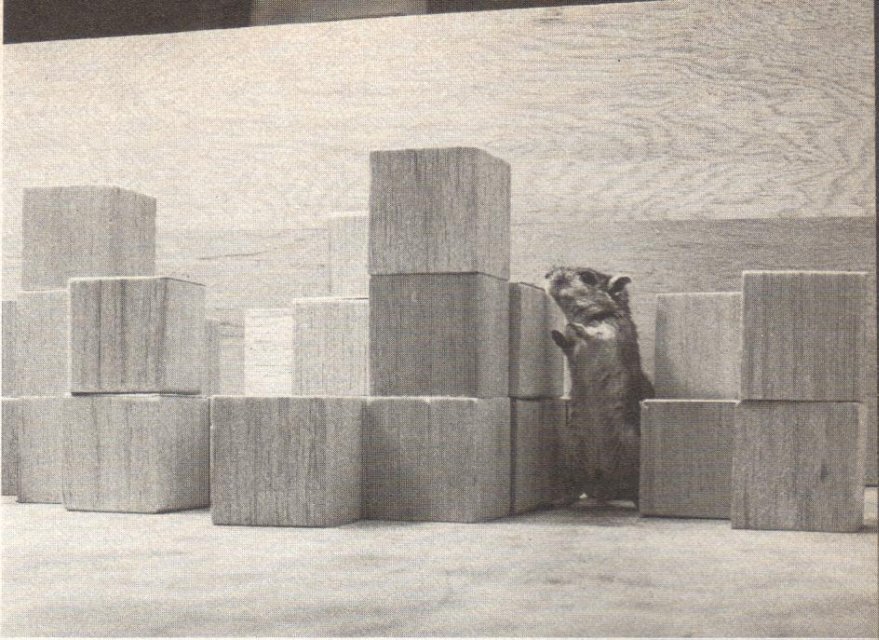Curation as an art form / Exhibition as a node
There are many ways in which Computational Art differs from more traditional art mediums, but perhaps nowhere is this clearer than when it comes to the ways in which the work is exhibited.
This week our guest lecturer Rachel Falconer took us on a whirlwind tour of Curatorial Practice, specifically how it relates to computational art.
By definition, computational art is something that features an aspect of computation as part of the work itself. Computation is a process – it can be time based, dynamic, variable. Christiane Paul writing in “New Media in the White Cube and Beyond: Curatorial Models for Digital Art” explains that
“New Media Art is not as established as traditional art in galleries and museums, but it doesn’t need to be. It is placed within the information society that exists online, globally, and creates new spaces and economies.”
The myriad formats of computational art throws up a lot of challenges for a curator. First, the work often takes the form of a “system” rather than a static object. These systems can vary from the material to the digital, each with their own practical considerations to contend with.
SEEK by Nicholas Negroponte with the Architecture Machine Group is a cybernetic environment which is composed of a robot, sculptural “blocks” and a community of gerbils that attempt to reconfigure the blocks to their own satisfaction. The robotic arm is programmed to order the blocks in a specific fashion and ultimately the gerbils went to war with it, eventually defeating it by using their own shit to clog up the robot’s movement. At the exhibition Software where the work was shown, the machine eventually broke down, and critic Thomas Hesse mused:

SEEK – Image source: Art and the Future, Douglas Davis (1973)
“Artists who become seriously engaged in technological processes might remember,” he concluded, “what happened to four charming gerbils.”
Another type of a computational art system is the digital infrastructure on which it may be built. 90’s net art was a particularly challenging movement for curators to approach as many of the pieces were designed to be engaged with online, in their own digital space, rather than a “white cube” gallery context. This means a reliance on web servers and technology which has rapidly been superseded and rendered obsolete, or more likely completely removed from the internet.
This has led to interesting archival practices which are beyond the scope of this article. However another interesting development is the creation of the “online gallery”. These are basically websites that collate and link to online digital art projects, but they also serve a curatorial function through their design and arrangement of groups of work.
In this way the exhibition can be considered a part of a network, a node that is connected to the work but not containing the work.
“.. if the presentation of art on the internet became standardized, the presentation of art in the exhibition space instead became de-standardized. The reason for this de-standardization is clear: the space of the exhibition is empty; it is not preformatted in the way a webpage or website is. “ – Brian Groys, Curating in the Post-Internet Age.
Something I found interesting was that many digital artists did not pay much attention to how their work might be displayed in any kind of physical, “traditional” exhibition . It was refreshing to hear from artist Porpentine Charity Heartscape that she aims to create work comfortable in either context:
“I always envision someone playing a hypertext game alone in their shitty apartment, on their computer in the dark, holed up and reclusive…. I definitely hope people will check out my work at home in a more introspective way after bumping up against it in the museum setting.”
I believe this is important as the traditional curated gallery exhibition provides a work to be displayed in a wider context. The contemporary online experience is defined by “filter bubbles” and “echo chambers” – Groys states: “the internet is the opposite of, let’s say, an urban space in which we are consistently forced to see what we do not necessarily want to.”
It is for this reason that the “white cube”, traditional gallery exhibition format will remain a potent source of cultural impact.
Header image: home page of http://wwwwwwwww.jodi.org/
